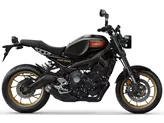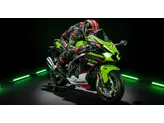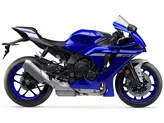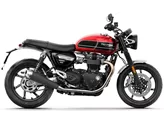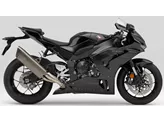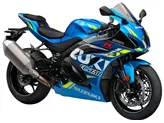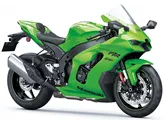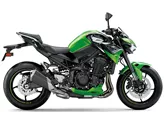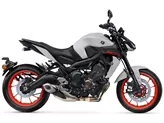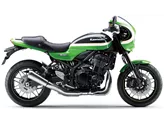Kawasaki Ninja ZX-10R 2021 vs. Kawasaki Z900 RS 2021

Kawasaki Ninja ZX-10R 2021

Kawasaki Z900 RS 2021
Overview - Kawasaki Ninja ZX-10R 2021 vs Kawasaki Z900 RS 2021
When comparing the Kawasaki Ninja ZX-10R 2021 and the Kawasaki Z900 RS 2021, it is clear that both bikes have their own unique strengths and weaknesses.
Starting with the Ninja ZX-10R, it boasts a high-quality workmanship and strong components, making it a durable and reliable option. Its engine is in-line and has a displacement of 998cc, delivering an impressive 203 horsepower and 114.9 Nm of torque. With a compression ratio of 13, this bike offers a high-revving and powerful performance. The throttle bore is 47mm, providing excellent throttle response. The liquid cooling system ensures efficient temperature regulation.
In terms of suspension, the Ninja ZX-10R features an upside-down telescopic fork with a diameter of 43mm, allowing for precise handling. The front suspension is adjustable for compression, preload, and rebound, giving riders the ability to fine-tune their riding experience. The rear suspension consists of a swing arm and a monoshock, also adjustable for compression, preload, and rebound. The frame is made of aluminum, providing a lightweight yet sturdy structure. The braking system includes double disk brakes with a diameter of 330mm and four pistons, ensuring powerful and reliable stopping power.

Kawasaki Ninja ZX-10R 2021
In terms of dimensions and weights, the Ninja ZX-10R has a front tire width of 120mm and a rear tire width of 190mm, both with a diameter of 17 inches. The wheelbase measures 1440mm, providing stability and control. The seat height is 835mm, accommodating riders of various heights. The fuel tank capacity is 17 liters, allowing for longer rides without frequent refueling.
Moving on to the Z900 RS, it stands out with its authentic and beautiful retro look. This bike offers a very comfortable seating position, making it ideal for long rides. The engine is also in-line but has a displacement of 948cc, delivering 111 horsepower and 98.6 Nm of torque. The compression ratio is 10.8, providing a smooth and responsive performance. The throttle bore is slightly smaller at 36mm, but still offers good throttle response. Like the Ninja ZX-10R, it also has a liquid cooling system.
The suspension setup on the Z900 RS is similar to the Ninja ZX-10R, with an upside-down telescopic fork with a diameter of 41mm at the front. The front suspension is adjustable for compression, preload, and rebound, allowing riders to customize their ride. The rear suspension consists of a swing arm and a monoshock, adjustable for preload and rebound. The frame is made of steel, providing a solid and stable platform.
In terms of braking, the Z900 RS features double disk brakes with a diameter of 300mm and four pistons, ensuring reliable stopping power. The dimensions and weights of the Z900 RS are similar to the Ninja ZX-10R, with a front tire width of 120mm and a rear tire width of 180mm, both with a diameter of 17 inches. The wheelbase measures 1470mm, providing stability and control. The seat height is 835mm, accommodating riders of various heights. The fuel tank capacity is also 17 liters.
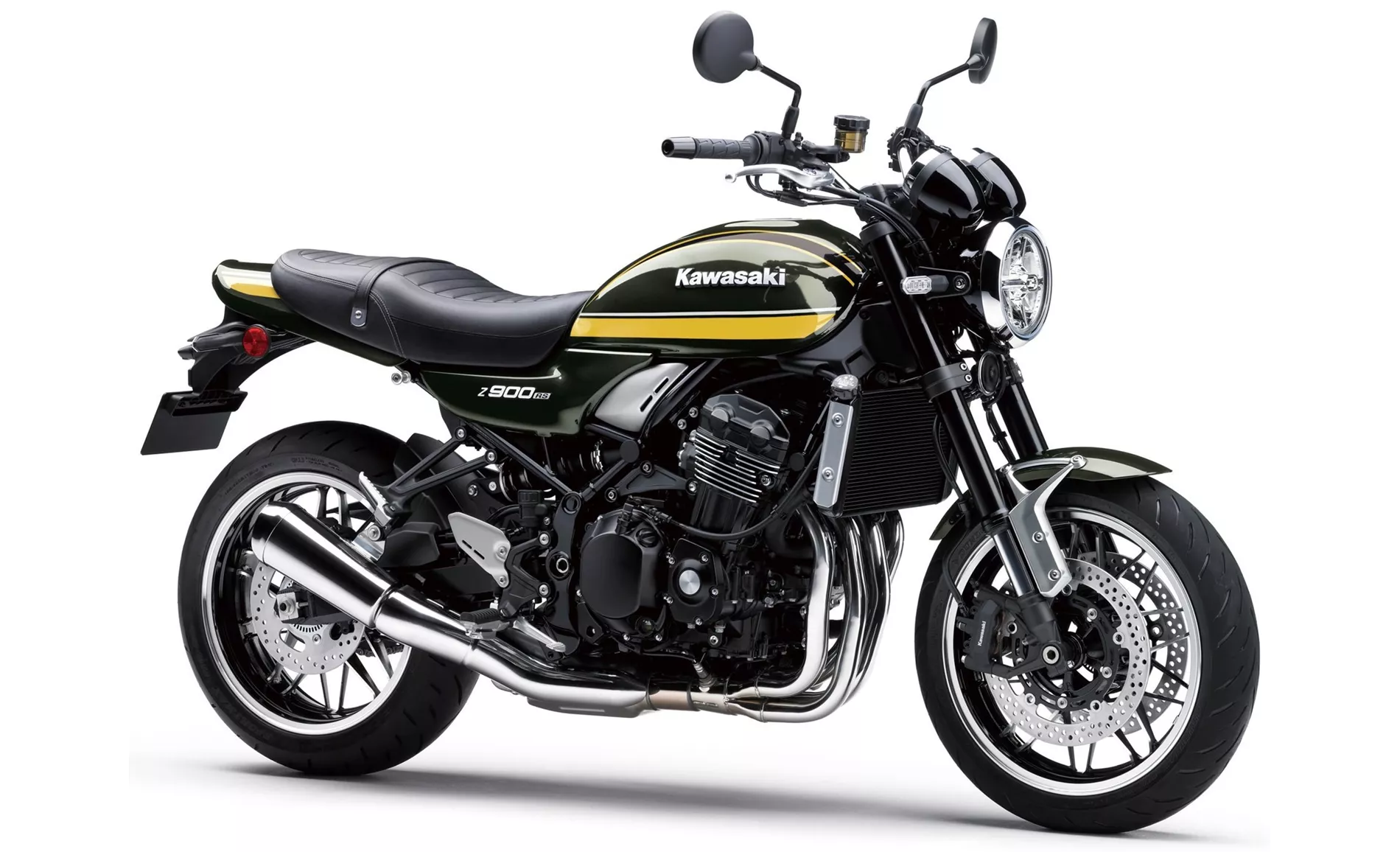
Kawasaki Z900 RS 2021
While both bikes have their strengths, it is important to note their weaknesses as well. The Ninja ZX-10R has been reported to have load change reactions in the partial load range, which may affect the overall riding experience. Additionally, the quickshifter on the Ninja ZX-10R has been criticized for being somewhat slow. The display on the bike is also considered to be somewhat small.
On the other hand, the Z900 RS lacks a quickshifter and driving modes, although it does have adjustable traction control. These features may be missed by riders looking for a more advanced and customizable riding experience.
In conclusion, the Kawasaki Ninja ZX-10R 2021 and the Kawasaki Z900 RS 2021 are both impressive bikes in their own right. The Ninja ZX-10R offers a high-revving and powerful performance, with high-quality components and a well-balanced chassis. On the other hand, the Z900 RS stands out with its retro look and comfortable riding position. Ultimately, the choice between these two bikes will depend on the rider's preferences and priorities.
Technical Specifications Kawasaki Ninja ZX-10R 2021 compared to Kawasaki Z900 RS 2021
Pros and Cons in comparison
Pros and Cons in comparison
Kawasaki Ninja ZX-10R 2021
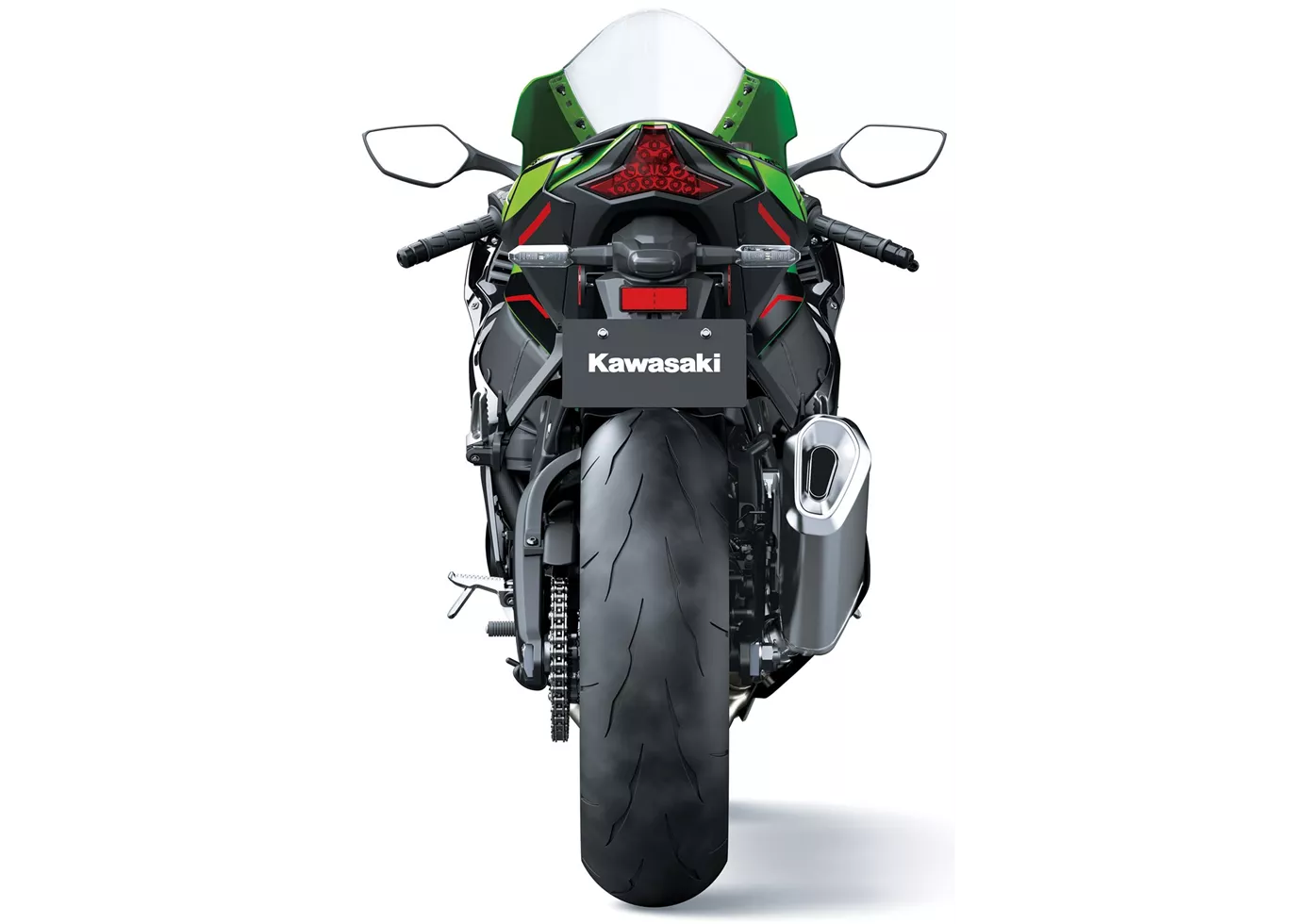
Kawasaki offers a mature overall package with the Ninja ZX-10R in the 2021 model year, which with the new front end also really looks like 2021. The bike offers surprisingly good space for the rider and you feel comfortable in the saddle. The rev-happy engine leaves nothing to be desired - except perhaps more discipline in the part-load range. To make the project a success, Kawasaki relies on high-quality ingredients: Showa suspension, Öhlins steering dampers, Brembo brakes with 330 discs and high-quality electronics. Thanks to the good electronics and the superior engine, the Ninja ZX-10R even cuts quite a figure on country roads - as long as you are willing to suffer a little in terms of seating position due to the concept.
Kawasaki Z900 RS 2021
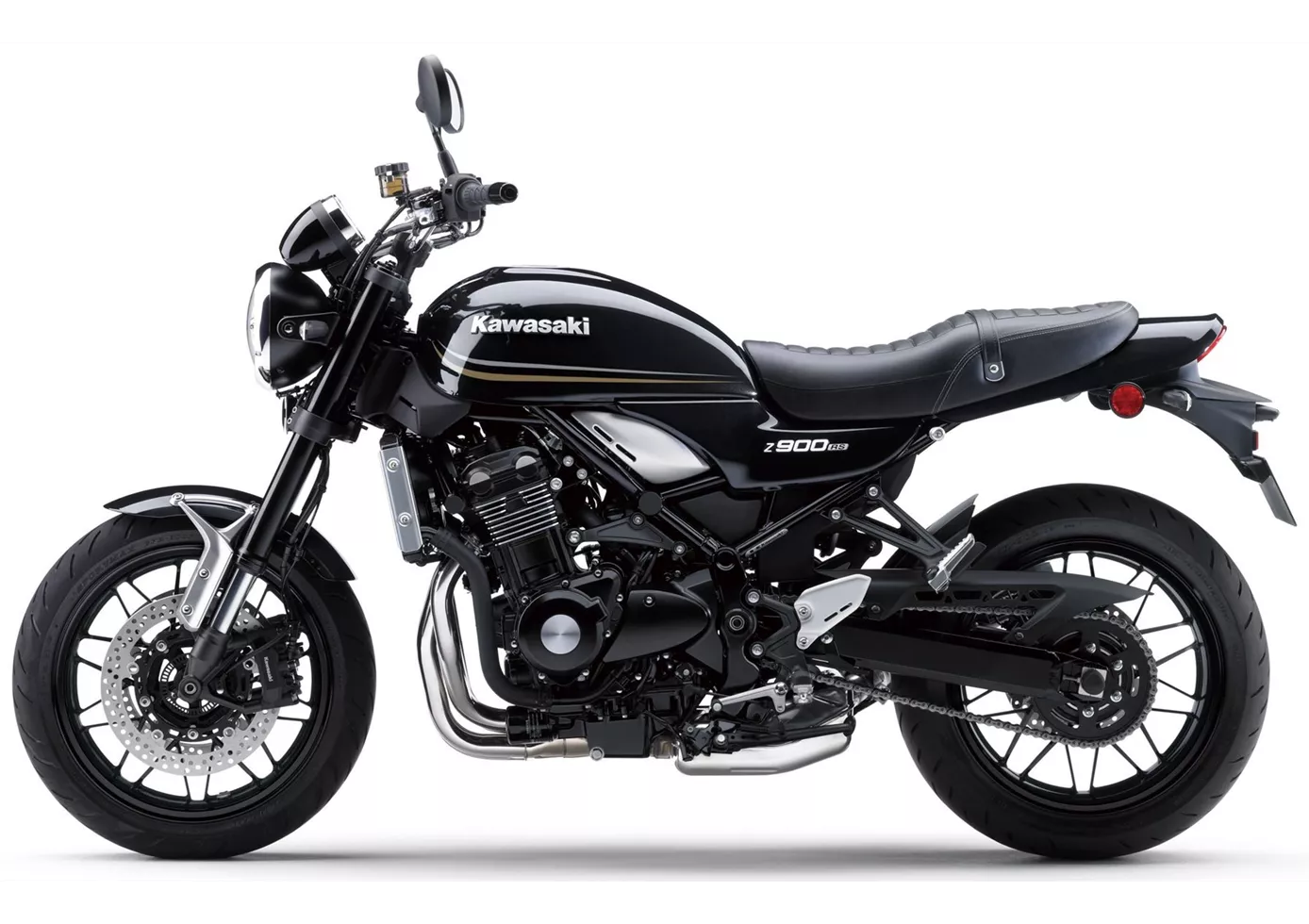
A timelessly beautiful motorbike, the Z 900 RS. Its heart, the powerful and silky-smooth four-cylinder, ensures absolute riding pleasure. Even for longer rides, it offers plenty of comfort thanks to its pleasant seating position, well-padded saddle and high, wide handlebars. For those who like retro motorbikes but appreciate modern handling, the Z1 Homage is a very good choice.
Price Comparison Avarage Market Price Kawasaki Ninja ZX-10R vs Kawasaki Z900 RS
There are a few key differences between a Kawasaki Ninja ZX-10R 2021 and a Kawasaki Z900 RS 2021. It takes less time to sell a Kawasaki Z900 RS with 125 days compared to 177 days for the Kawasaki Ninja ZX-10R. Since model year 2005 1000PS.de editors have written 51 reviews for the Kawasaki Ninja ZX-10R and 26 reviews for the Kawasaki Z900 RS since model year 2018. The first review for the Kawasaki Ninja ZX-10R was published on 11/01/2004 and now has more than 2,900 views. This compares to more than 63,700 views for the first review on Kawasaki Z900 RS published on 06/09/2017.


